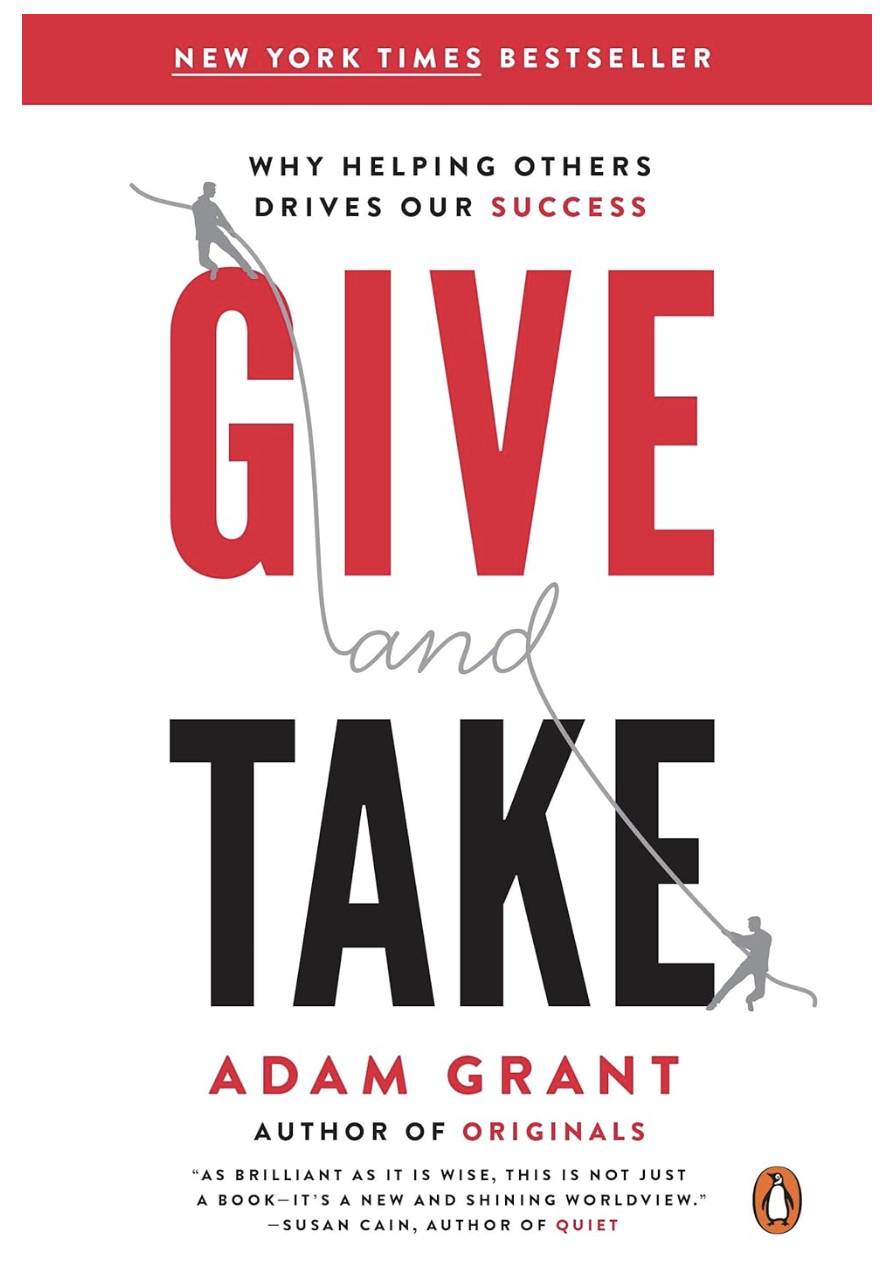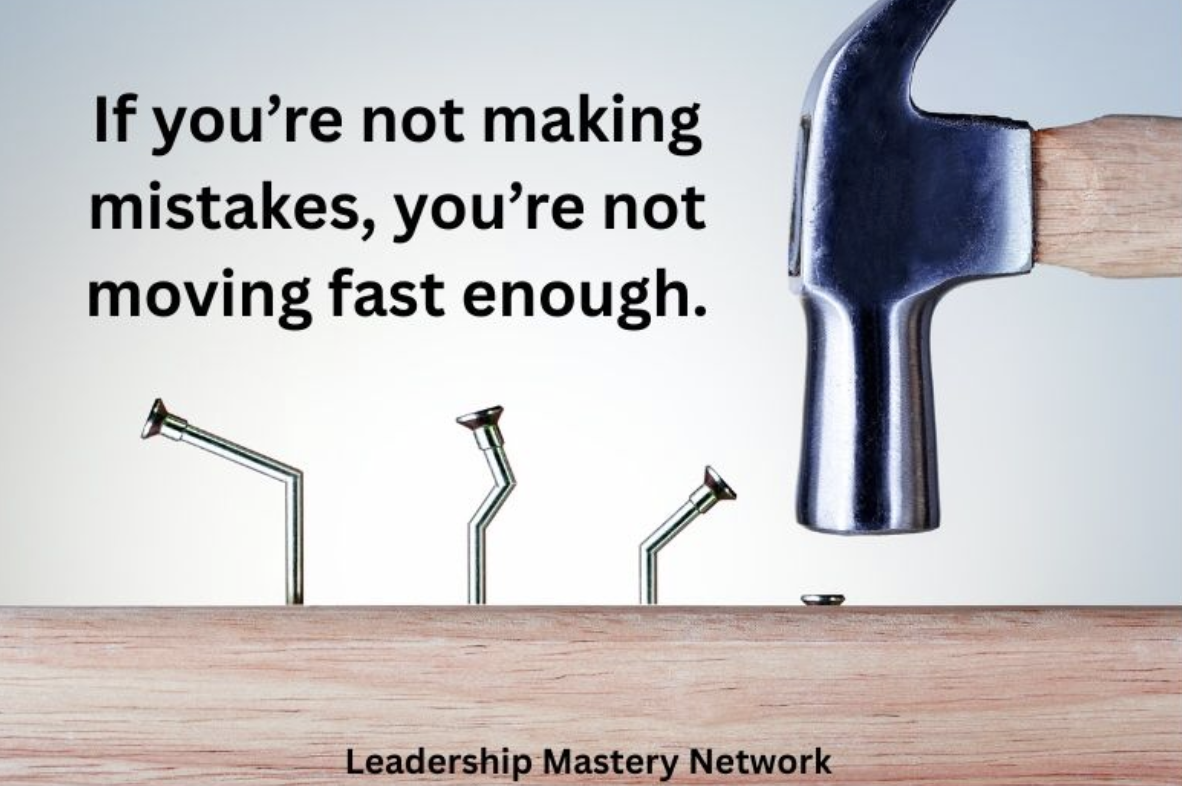The Secret Every Calm CEO Knows
The simple system leaders use to get energy, focus, and results back fast
We glorify endurance: “power through,” “one more push,” “I will rest after launch.”
But when you are snapping at small things, stuck in low-grade frustration, or flatlined on motivation, that is not a character flaw; it is an early warning system.
Smart leaders treat those signals like cockpit lights: pause, diagnose, correct. Rest is not a reward for finishing; it is a requirement for finishing well.
A fresh frame: Breaks as part of your operating system
Most of us manage time.
High performers manage energy on purpose.
Think of your week like interval training: stress → planned recovery → growth.
The goal is not to work less; it is to work rhythmically so you can sustain clarity, creativity, and courage.
The pre-burnout dashboard (catch it early)
Mood drift: irritable, cynical, or meh about work you usually care about
Micro mistakes: rereading, redoing simple tasks, and missing obvious details
Motivation dip: procrastination replaces priority; everything feels heavier
Body tells: shallow breathing, jaw tightness, headaches, and poor sleep.
When two or more show up together, that is a yellow light: time for a reset, not a guilt spiral.
“When you start snapping at small things, that’s your dashboard blinking—pull over, don’t push harder.” - Leadership Mastery Network
What taking a break actually looks like (practical playbook)
1) Micro resets (2 to 10 minutes, multiple times a day)
Box breath and walk: 3 minutes of 4 4 4 4 breathing, then a 7-minute lap with no phone
Ninety to fifteen rhythm: up to 90 minutes focused, followed by a 10 to 15 minute reset (water, stretch, daylight)
Switch the channel: one non-work micro connection (gratitude text, 10 pushups, two songs with real breathing)
2) Meso recovery (daily and weekly)
Focus hours with edges: two 60 to 90 minute focus blocks each day, separated by a real break; hard day end three to four times each week
Artist Date or Play block (weekly): 60 to 90 minutes of curiosity; no productivity goal
Meeting hygiene: Mondays and Wednesdays for creation; Tuesdays and Thursdays for collaboration; Fridays for decisions and wrap-up. Default to 25 or 50-minute meetings
3) Macro renewal (monthly and quarterly)
Think Day: one day each month offsite with a single prompt: “What to start, stop, or continue for energy and impact”
No meeting half day every two weeks: backlog slay, deep work, early finish
Seasonal sabbath: one long weekend each quarter (Friday to Monday), no Slack or social, clear restoration goals (sleep, sun, movement, friends)
Make space before you break: team-wide guardrails
No Meeting Day or Half Day: Block Wednesdays or Friday morning for creation, decisions, and catch-up. Treat it like a board meeting.
Calendar title: “No Meeting Day — Deep Work and Decisions (Please do not book)”Protected Lunch (daily 45 to 60 minutes): Mark busy. Eat, step outside, do not just hop on.
Calendar title: “Protected Lunch — Fuel and Reset”Afternoon Walk Window (15 to 20 minutes): Sun and steps equal a mood reset; place it before late-day meetings.
Calendar title: “Daylight Walk — Clarity Lap”No Camera Day (Virtual Fatigue Relief): Choose Tuesdays or any other heavy meeting day for video-optional calls. Share the agenda and notes in advance to maintain high trust.
Slack note: “Tomorrow is No Camera Tuesday to lighten cognitive load. Video optional; agenda and links posted.”Meeting curfew: No new meetings after 4:00 p.m., three days each week. Use the last hour for wrap-ups and tomorrow's setup.
Calendar hold: “Daily Wrap and Tomorrow Setup (No new meetings)”Batch and buffer: Cluster meetings within a 2- to 3-hour window, then hold a 30-minute buffer for note-taking and decision-making.
Shorter defaults: Twenty-five-minute thirties and fifty-minute sixties. Use saved minutes for a micro reset.
Focus windows (two per day): Two 60 to 90-minute anchors, morning and afternoon. Align everything else around them.
Async first: Convert status updates to a one-pager or email. Reserve live time for decisions, not downloads.
Energy check in one-to-ones: Green, Yellow, Red > where are you today? Greens stretch; Yellows reset; Reds offload and rest.
For people leaders: make it cultural, not just personal
Make recovery visible: Share your resets and normalize calendar holds titled 'Focus' or 'Recovery'.
Define good tired vs bad tired: good equals stretched and satisfied; bad equals resentful, foggy, joyless. Coach the difference
Capacity before commitments: Before accepting work, ask: “What drops, delays, or gets support?” Up front trade-offs prevent quiet quitting later
Green, Yellow, Red weekly pulse: Tailor workloads accordingly
Scripts you can use today
Slack status: “Heads down 90. Back at half past. DM if urgent.”
Meeting decline: “To protect delivery on X, I am keeping my No Meeting block intact. Can we handle this async or move to Thursday?”
OOO micro: “Deep work and recovery block this morning so I can ship X by end of day. I will reply after 1 p.m.”
Try this 7-day reset (run it next week)
Mon: two 90-minute focus sprints and a 15-minute daylight walk
Tue: delete two meetings; convert async update or notes
Wed: 60-minute Play block, solo, no productivity goal
Thu: Inbox Zero (ish) for 30 minutes and early stop at 5 p.m.
Fri: Decision hour to close loops and send one gratitude note
Sat: Phone-free morning and a long walk
Sun: Plan two focus blocks per day and one nightly micro celebration
Final word: Leaders do not earn trust by outlasting everyone; we earn it by designing work that is both human and high-performing. If your dashboard is blinking yellow, step off the gas. Take the break. You will come back clearer, kinder, and more creative, and your team will too.
“Rest is not a reward for finishing; it’s the strategy that lets you finish well.”
Resources to Dive Deeper
The Power of Full Engagement: Classic on managing energy, not time, with practical renewal rituals across body, emotions, mind, and purpose
Burnout: The Secret to Unlocking the Stress Cycle: How to complete the stress cycle through movement, breath, and connection so stress does not get stuck
Rest: Why You Get More Done When You Work Less: The case for deliberate rest and why four hours of peak creative work often beats twelve of busywork
Manage Your Energy, Not Your Time (HBR): Quick, research-backed primer on the four dimensions of energy.
The Research Is Clear: Long Hours Backfire (HBR): Evidence that overwork hurts people and companies, useful for socializing change upward.
Give and Take by Adam Grant
Adam Grant reveals how leaders succeed by giving more than they take. Drawing on research and real stories, he shows that generosity creates stronger networks, deeper trust, and lasting influence.
The book also highlights how to give wisely, avoiding burnout or exploitation. For leaders, it’s a guide to building cultures of collaboration and sustainable success.
Give and Take is essential reading for anyone who wants to lead with both heart and impact.
Consider how many different pieces of content you see in any given week. See something that resonates with you? Share it with us to feature it in our Social Media of the Week section.
“Protect the pause: ten honest minutes of recovery can save ten wasteful hours of grind.”
— Leadership Mastery Network








